News
Maximizing Solar Energy Efficiency: An Examination of MPPT Inverters and YUCOO’s Contributions to the Field
Click: 564 Date: 12/27/2023 2::39::04 PM
Maximizing Solar Energy Efficiency: An Examination of MPPT Inverters and YUCOO's Contributions to the Field
Understanding MPPT Controllers and Their Role in Solar Power Systems
captured and stored. MPPT controllers are especially important in variable lighting conditions, as they can adjust to maximize power output as lighting conditions change.
MPPT controllers work by continuously monitoring the output voltage and current of the solar panels and adjusting the resistance to achieve the maximum power output. They use various algorithms to track the maximum power point, such as the Perturb and Observe (P&O) method, the Incremental Conductance (IncCond) method, and the Constant Voltage (CV) method. These algorithms have their strengths and weaknesses, and the choice of algorithm can impact the efficiency and speed of the MPPT controller.
One key challenge faced by MPPT controllers is dealing with partial shading conditions. When a solar panel is partially shaded, its output voltage-current characteristics change, leading to multiple power points. Traditional MPPT algorithms can get stuck in local maxima, leading to suboptimal power output. Various strategies have been proposed to deal with this issue, such as using multiple MPPT controllers, each controlling a separate string of panels, or implementing advanced algorithms that can identify and track the global maximum power point.
In terms of hardware, MPPT controllers typically consist of a DC-DC converter, which adjusts the voltage and current levels, and a control circuit, which implements the MPPT algorithm. The DC-DC converter can be a buck converter, boost converter, buck-boost converter, or a more complex type like a Cuk converter or a SEPIC converter. The choice of converter topology depends on the specific requirements of the solar power system, such as the input and output voltage levels and the power rating.
In conclusion, MPPT controllers are a crucial component of solar power systems, enabling them to operate at their maximum efficiency and deal with challenging conditions such as partial shading. They utilize a combination of hardware and software to continuously monitor and adjust the operation of the solar panels, ensuring that the maximum possible power is extracted at all times.
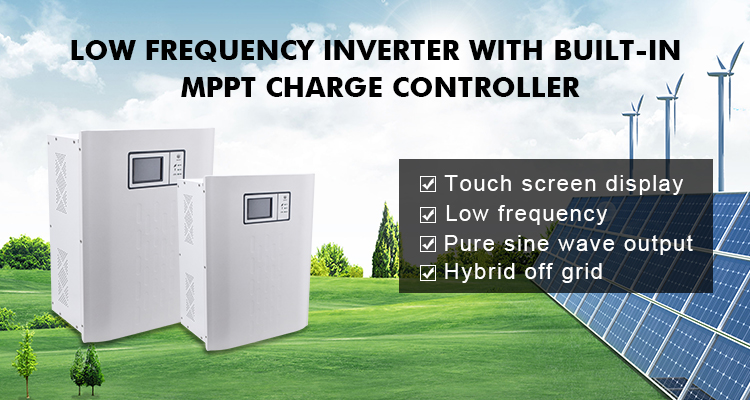
Exploring the Wide Range of Components in MPPT Inverters
Maximum Power Point Tracking (MPPT) inverters play a crucial role in solar power generation systems, converting the variable DC output from the solar panels into a clean sinusoidal 50-60 Hz AC current that can be used directly by household appliances or fed into a commercial electrical grid. The components of an MPPT inverter are integral to its function and performance.
MPPT Controller: The heart of the MPPT inverter, it continuously adjusts the electrical load to maximize power output. It uses complex algorithms to track the maximum power point of the solar panels throughout the day.
DC-AC Inverter: Converts the DC power from the solar panels into AC power. There are different types of inverters, including pure sine wave inverters, modified sine wave inverters, and square wave inverters. The choice of inverter impacts the efficiency and quality of power conversion
Heat Sink: Dissipates heat produced during the power conversion process. A high-quality heat sink is crucial for maintaining the longevity and efficiency of the MPPT inverter
Filters and Capacitors: Used to smooth out the voltage and current signals in the inverter. This helps to reduce noise and improve the quality of the output power
Protection Mechanisms: Include features such as short-circuit protection, over-temperature protection, and islanding protection. These mechanisms ensure the safe operation of the inverter and protect it from potential damage
Display and Interface: Allows users to monitor the performance of the solar power system. Some advanced interfaces may also provide remote monitoring and control capabilities
By understanding the components of an MPPT inverter, one can better appreciate the complexity and sophistication of these devices, and the innovative technology that allows for efficient solar power generation.
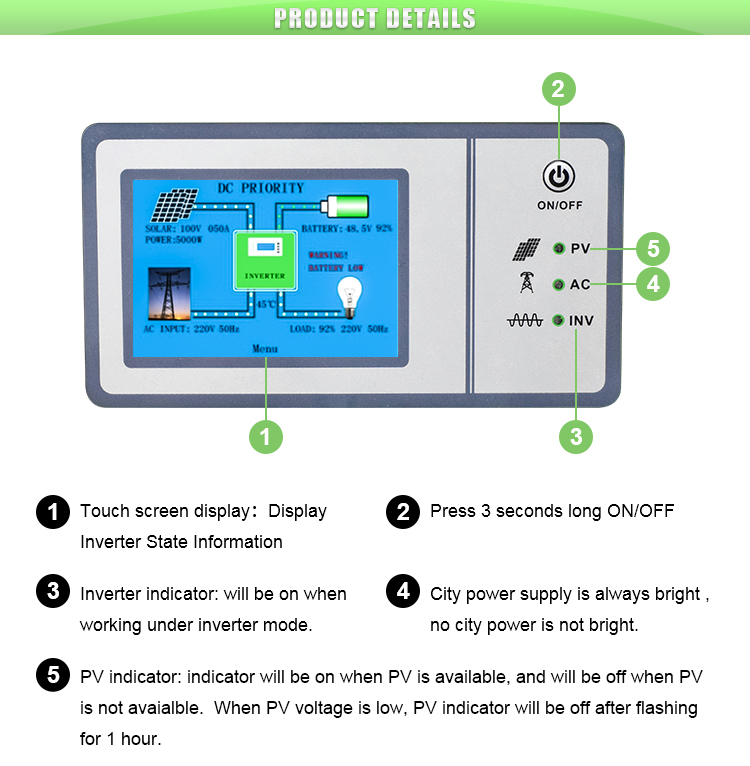
Revenue and Cost Considerations in MPPT Inverter Deployment
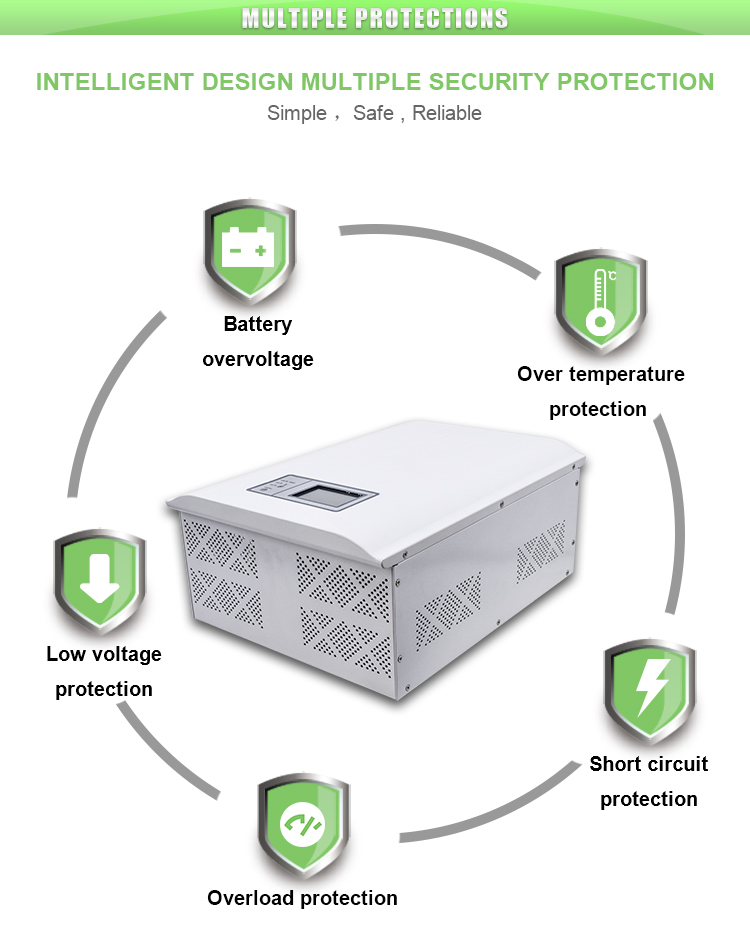
When considering the deployment of Maximum Power Point Tracking (MPPT) inverters, there are several key revenue and cost factors to take into account:
1. Efficiency of Power Conversion: MPPT inverters play a crucial role in optimizing the conversion of solar energy into electrical energy. The efficiency of this conversion process directly impacts the potential revenue generated from a photovoltaic system. Better efficiency leads to higher energy production and therefore, higher potential revenue.
2. Cost of MPPT Inverters: The initial investment cost of MPPT inverters can be significant. However, it's important to consider the long-term savings that these devices provide through enhanced energy production. High-quality inverters can be costly upfront, but their durability and performance can result in lower maintenance costs and longer service life.
3. Operational and Maintenance Costs: The operational and maintenance costs of MPPT inverters need to be factored in. These costs can vary depending on the complexity of the system, the quality of the inverter, and the environmental conditions where the system is installed. For instance, inverters operating in harsh environmental conditions might require more frequent maintenance, incurring additional costs.
4. Regulatory Policies and Incentives: Government policies and incentives can significantly impact the revenue and costs associated with MPPT inverters. For instance, feed-in tariffs or renewable energy certificates can provide additional revenue streams for energy producers. Conversely, changes in regulatory policies can also introduce additional costs or reduce potential revenue.
5. Technological Advancements: Innovations in MPPT inverter technology can lead to improved performance and reduced costs. For instance, advancements in power electronics and control algorithms can enhance the efficiency of MPPT inverters, thereby increasing potential revenue. On the other hand, the cost of implementing these new technologies needs to be considered.
In conclusion, the deployment of MPPT inverters involves a careful analysis of the potential revenue and costs associated with their installation and operation. This includes considering the efficiency of power conversion, initial investment costs, operational and maintenance costs, the impact of regulatory policies, and the potential benefits of technological advancements.
The Impact of Different Operational Modes on MPPT Inverters
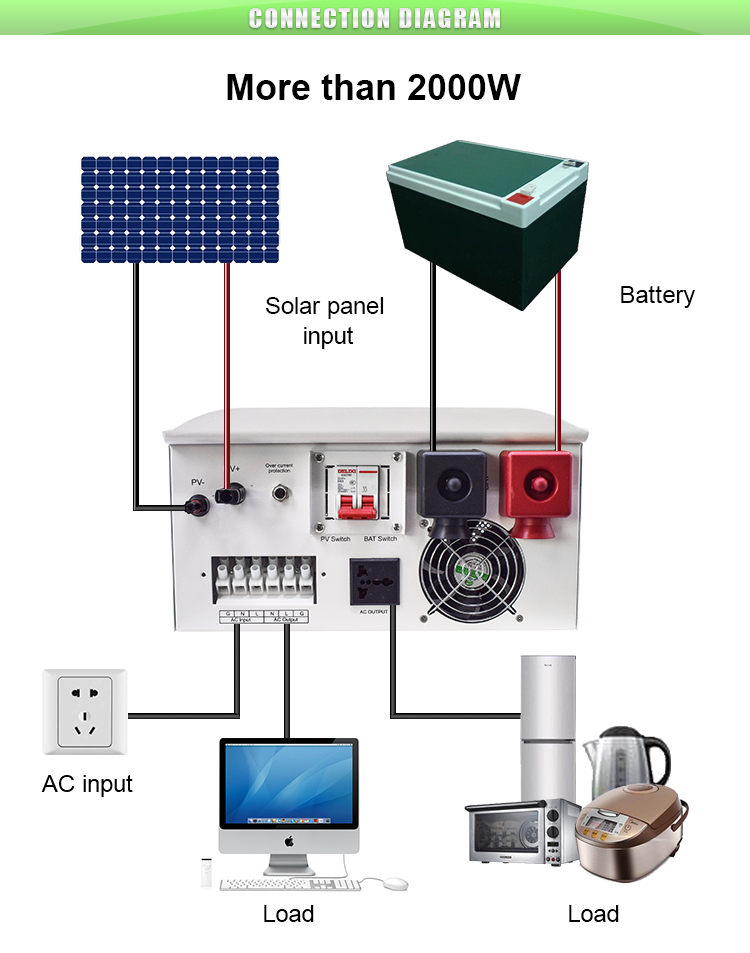
The operational mode of an MPPT inverter can significantly influence its performance, efficiency, and overall functionality. Here are some key points to consider:
Engineering Procurement Construction (EPC): In this mode, the inverter is part of a larger system that is designed, procured, and constructed as a whole. The performance of the inverter is thus intertwined with the efficiency of the entire system, requiring careful coordination and integration.
Public—Private—Partnership (PPP): In a PPP mode, the inverter is typically used in large-scale projects involving both public and private entities. The operational efficiency, cost-effectiveness, and reliability of the inverter can have significant impacts on the success of the project.
Built-Transfer (BT): In BT mode, the inverter is part of a system that is built by one entity and then transferred to another. The robustness, durability, and maintenance requirements of the inverter are particularly important in this mode.
Energy Management Contracting (EMC): In an EMC mode, the inverter is central to energy management strategies that aim to improve efficiency and reduce costs. The ability of the inverter to adapt to varying conditions and maintain optimal performance is critical.
Vehicle to Grid (V2G): In V2G mode, the inverter is used to facilitate the flow of energy between electric vehicles and the power grid. The inverter must be able to handle fluctuating demand and supply conditions, and ensure smooth and efficient power transfer.
Each of these modes presents its own unique challenges and requirements, and the inverter must be designed and configured to meet these effectively. Understanding these operational modes can help in optimizing the performance of MPPT inverters and enhancing the overall efficiency of solar power systems.
The Role of YUCOO in Advancing MPPT Inverter Technology
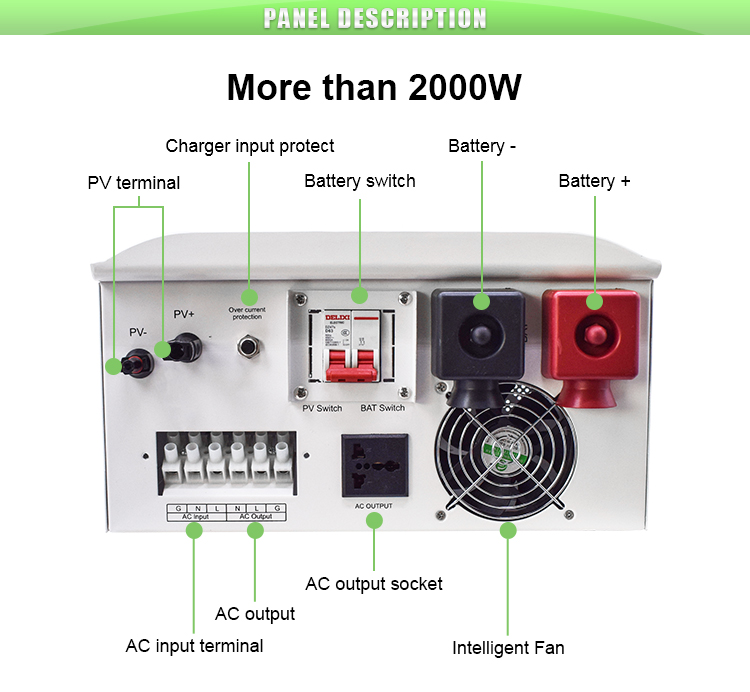
The operational mode of an MPPT inverter can significantly influence its performance, efficiency, and overall functionality. Here are some key points to consider:
Engineering Procurement Construction (EPC): In this mode, the inverter is part of a larger system that is designed, procured, and constructed as a whole. The performance of the inverter is thus intertwined with the efficiency of the entire system, requiring careful coordination and integration.
Public—Private—Partnership (PPP): In a PPP mode, the inverter is typically used in large-scale projects involving both public and private entities. The operational efficiency, cost-effectiveness, and reliability of the inverter can have significant impacts on the success of the project.
Built-Transfer (BT): In BT mode, the inverter is part of a system that is built by one entity and then transferred to another. The robustness, durability, and maintenance requirements of the inverter are particularly important in this mode.
Energy Management Contracting (EMC): In an EMC mode, the inverter is central to energy management strategies that aim to improve efficiency and reduce costs. The ability of the inverter to adapt to varying conditions and maintain optimal performance is critical.
Vehicle to Grid (V2G): In V2G mode, the inverter is used to facilitate the flow of energy between electric vehicles and the power grid. The inverter must be able to handle fluctuating demand and supply conditions, and ensure smooth and efficient power transfer.
Each of these modes presents its own unique challenges and requirements, and the inverter must be designed and configured to meet these effectively. Understanding these operational modes can help in optimizing the performance of MPPT inverters and enhancing the overall efficiency of solar power systems.